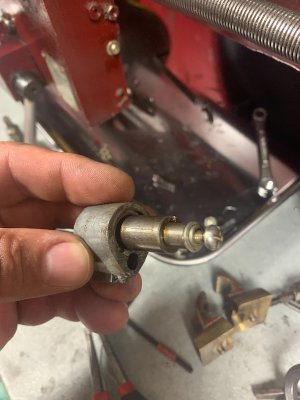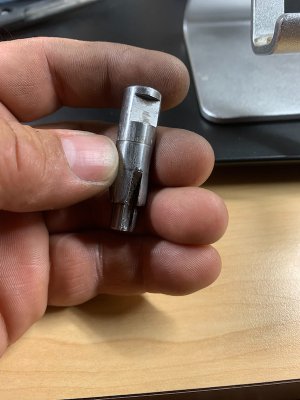- Joined
- Feb 17, 2021
- Messages
- 489
dont have the lathe here yet,.............BTW that broke lever I mentioned how does that come off??Accept it... you really do not like reading the manual... come out clean now...
You should have:
2 - 30T gears
1 - 36T gear
1 - 42T gear
1 - 45T gear
2 - 80T gear
From your photo I see:
2 - 30T gears - I only see one...
1 - 36T gear
1 - 42T gear
1 - 45T gear
2 - 80T gear
Can you take a photo of the gears installed on the lathe? Open the side cover and share a photo...
View attachment 421040



